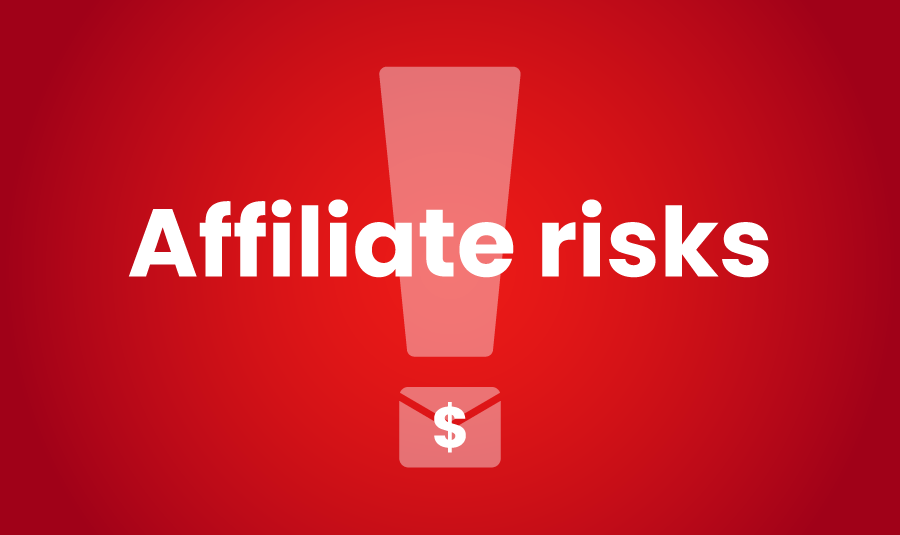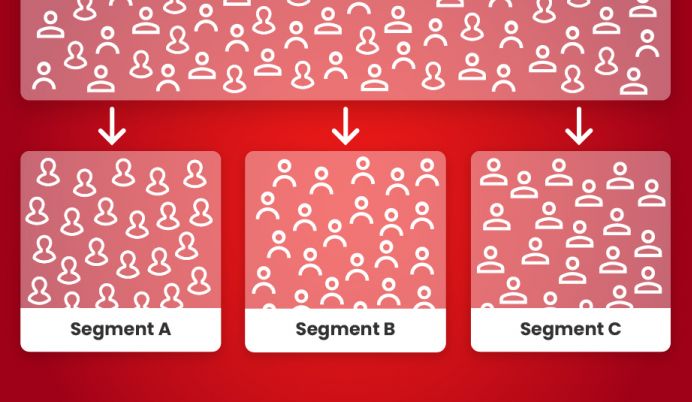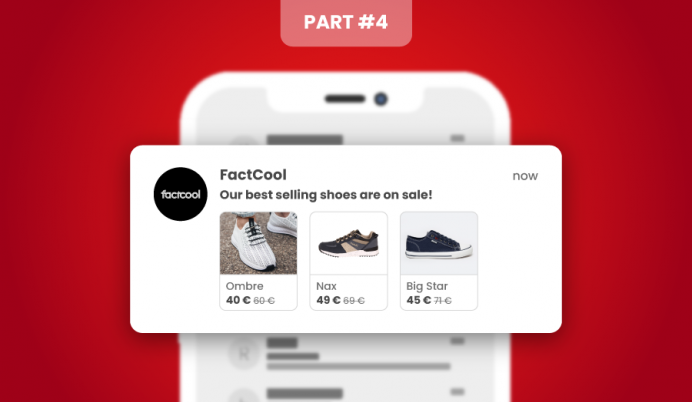Dangers of affiliate marketing in email space
Affiliate marketing is a very popular marketing method in the e-commerce space. It can be extremely efficient as an acquisition channel. It does however come with significant risks that need to be mitigated - preferably by the brand’s terms for affiliate partners.
Affiliate marketers make their money on referral commissions paid out by the affiliate program operators (brands). Unlike in regular business partnerships where both parties have a stake in the success of the partnership, the affiliates have only one concern - their commission. There is little to no brand loyalty and most affiliates will participate in multiple - often hundreds - of affiliate programs to maximize their revenue.
One of the main advantages of email is cost but it also makes email a primary target for abuse. No matter the abuser’s motivation the use of email always comes down to cost. The cost is also a main motivator for affiliate marketers to use email. And this is where the dangers kick in.
The affiliates are in it to make money and while many will use their website’s traffic to monetize, some are looking for shortcuts. Email is often that shortcut to quick buck - all they need is a list of emails. This is where the affiliate spam starts.
In general there are two types of affiliate spammers - beginners and pros.
The beginners just want to make a quick buck with zero effort. They often sign up for a newsletter of the brand and whenever they receive one, they will change the URLs to include their referral code and resend them to a spam list they have acquired.
Beginners usually use their own SMTP servers to send out their emails to minimize the cost and usually bad email authentication setup. That doesn’t mean there are no negative impacts for the brand and the brand’s ESPs. The brand’s domain can make it to the blocklist as a spamvertised website which will affect their legitimate campaigns. ESPs will feel the impact of that listing as well when sending on behalf of the brand but the impact is very localized.
Brands can usually detect these affiliate spammers easily as they will have a surge in commissions which is very likely to trigger an alarm in the affiliate platform. ESPs will also notice the blocklistings of their clients and let them know about a problem. Once the brand identifies the affiliate it needs to block their account to prevent payout of the commissions.
The pros are much more difficult to identify. They usually have large, well-curated email lists and follow all the best practices (email authentication, one-click unsubscribe). They also hide behind a large number of affiliate accounts created through intermediaries not to trigger alarms.
They are happy to spend money to make money and have multiple accounts with multiple ESPs. In addition they will have tens of distinct domains for each vertical they operate in and run their own link redirectors. As a result these are quite difficult to detect by both brands and ESPs.
The impacts for ESPs are more severe in this case as the affiliate spammers use their IP space. While the brand will feel little to no impact on their sends the financial and brand reputation impact is often massive.
Detecting this type of affiliate marketers is tricky on both sides and is very difficult. We have been lucky to catch a couple of them affecting our customers thanks to our spam-trap network. Most ESPs don’t have this type of data to monitor their brands. We have also found some extremely valuable signals in Spamhaus Intelligence API that can help brands and ESPs identify this type of abuse.
Ultimately running an affiliate program always requires a lot of preparation - both technical and legal. Brands must make sure they have the tools to detect any abuse by their affiliates as well as legal basis to cut their payouts. If a brand (or ESP) is not diligent in enforcing the rules (no matter the abused channel) it will attract more abusive affiliates that will be exploiting the opportunity.











